A Walk In The Rain With A Brain – Edward M. Hallowell, M.D.
A Walk In The Rain With A Brain
Written By Edward M. Hallowell, M.D.
Synopsis
A little girl named Lucy is playing outside when she comes upon, of all things, a brain! Lucy is surprised to learn that the brain speaks. While they embark on a journey to find the brain’s head, a conversation ensues and Lucy asks the brain to make her smart. Lucy learns that everyone is smart and that it is important for her to find her unique talents and passions by getting involved in activities that are fun. Lucy learns that it important to use the brain in order for it to grow and that no brain is better than another, it just has to find its own special way.
Vocabulary
- gurgling
- brain
- wrinkled
- complain
- objected
- rejected
- confused
- pest
- galore
- reign
Discussion Topics
Before Reading
- Remind students that the brain is located in the head and that is it responsible for all thinking that we do:
- the brain is like a computer that answers questions and sends messages all over the body
- the brain looks wrinkled, like a walnut shell, and it will weigh between 2-3 lbs when it is an adult
- the brain is very fragile and soft – it needs to be protected and by a very hard bone called a skull
- the brain is the core of our life and we all have the ability to do so much with our brains.
During Reading
- After reading page 6, ask the students:
- why Lucy would ask such a question?
- if they have ever thought they were not smart?
- After reading page 12, ask the students:
- If they are aware of at least one thing they are good at?
- Two things they are good at?
- More than two?
- Remind them that everybody is good at something
- After reading page 21, discuss with the students that it is important that we use our brains every day and that there are all kinds of ways to use our brains: playing, paying attention and listening in class, etc. This helps our brains get stronger.
After Reading
- Using the Brain Research handout, display pictures of the brain for the students to view. Introduce the students to some of the parts of the brain and some basic facts about the brain.
- Remind students that each person’s brain is different and likes to learn various thing and in various ways. Explain to that what we say and do is very important to the development of our brains.
- Provide students with a couple of brain-challenging handouts (provided in the Grade 3 Worksheets): Number Game For Your Brain and the Tricky Tracing Challenge and complete them before moving on with the lessons.
Fin’s Tales
I love my brain! I think it is amazing how we all have our own unique brain and how it allows us to have special talents and skills. My brain has helped me develop my hockey skills and reading skills. It has also taught me how to be a better whale and interact with others. I like to eat lots of salmon and I think that helps my brain too.
- What kind of skills or talents has your brain developed?
- What new things would you like your brain to learn?
- Can you name some healthy food that is good for your brain?
- What are some games you can do to work your brain?
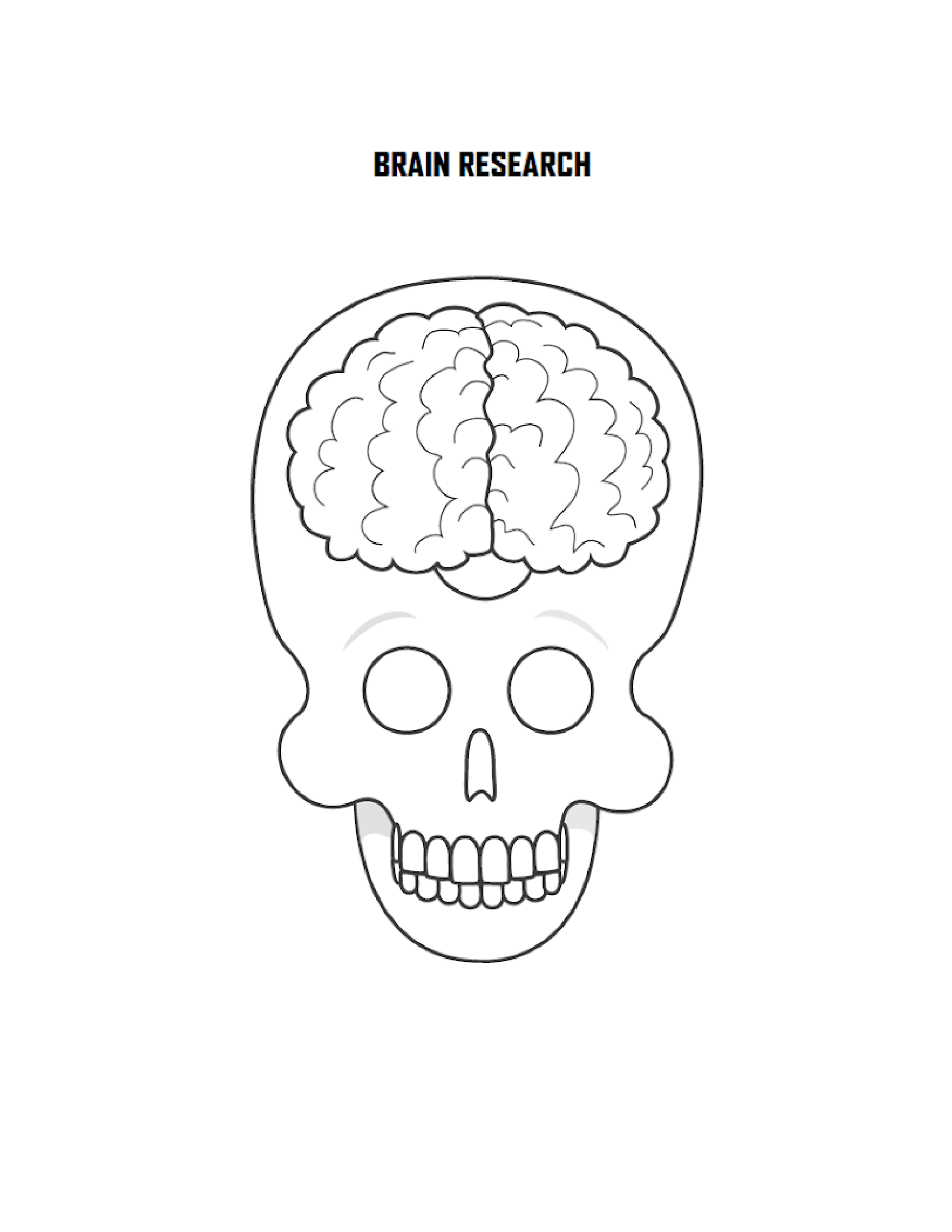
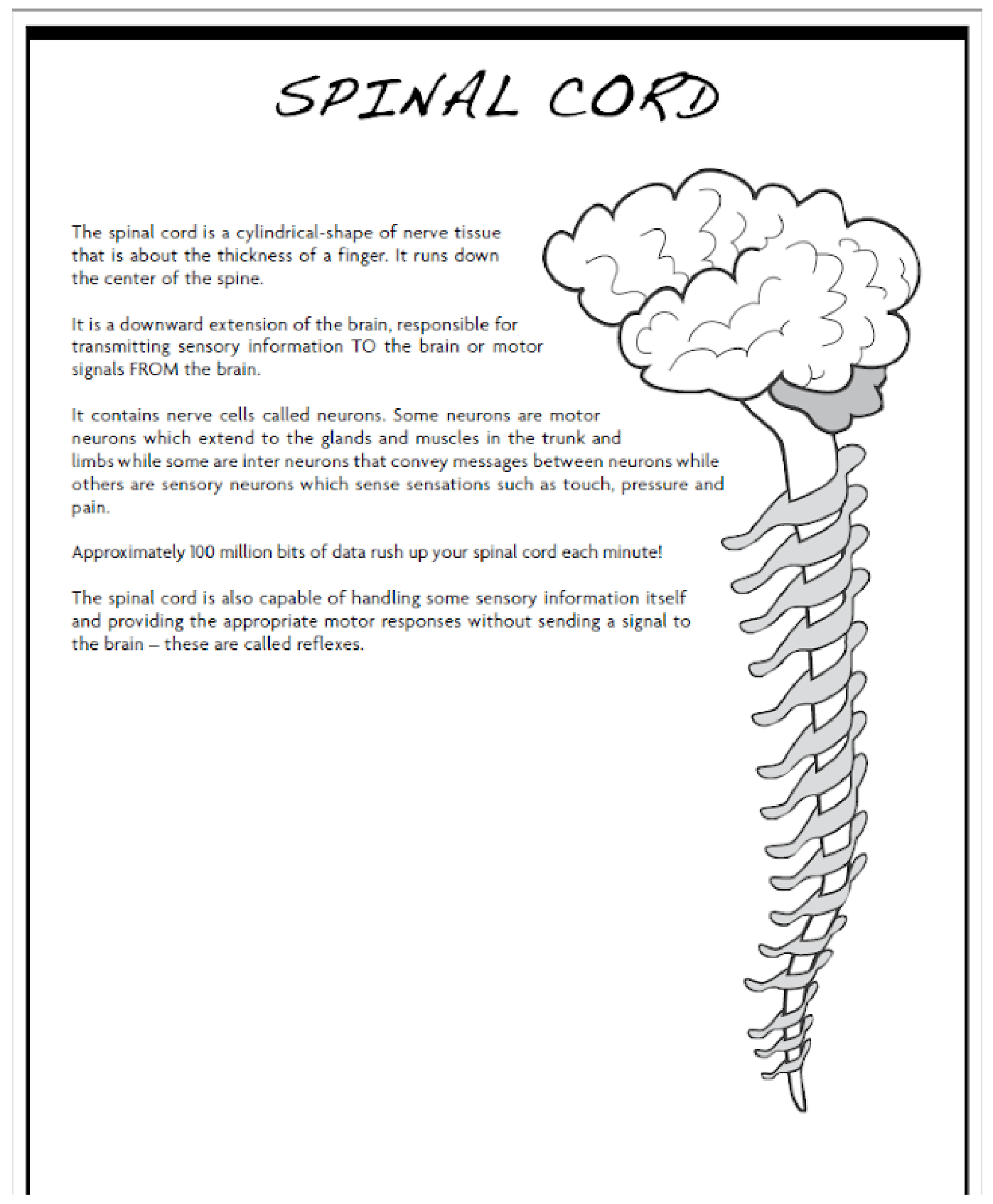
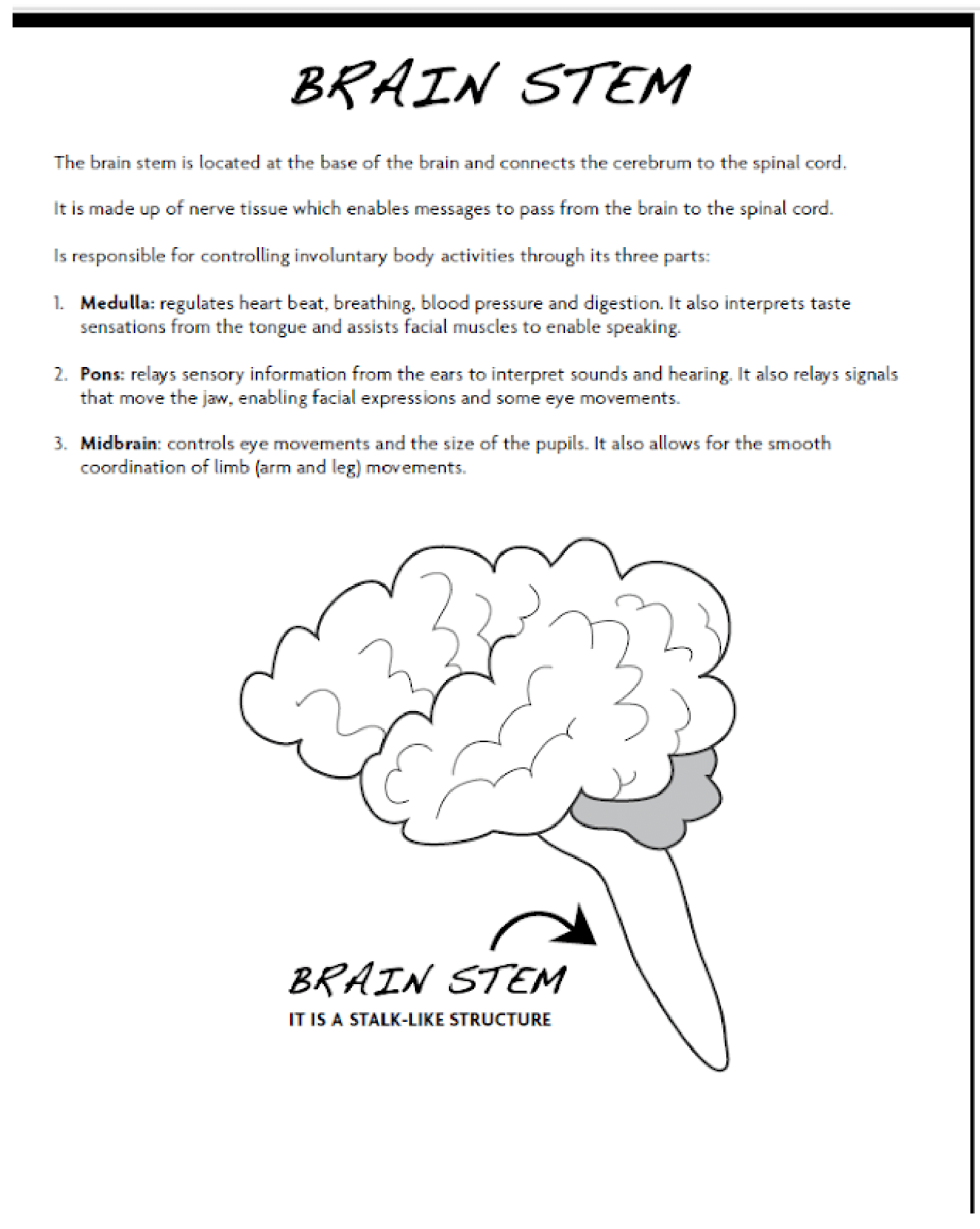

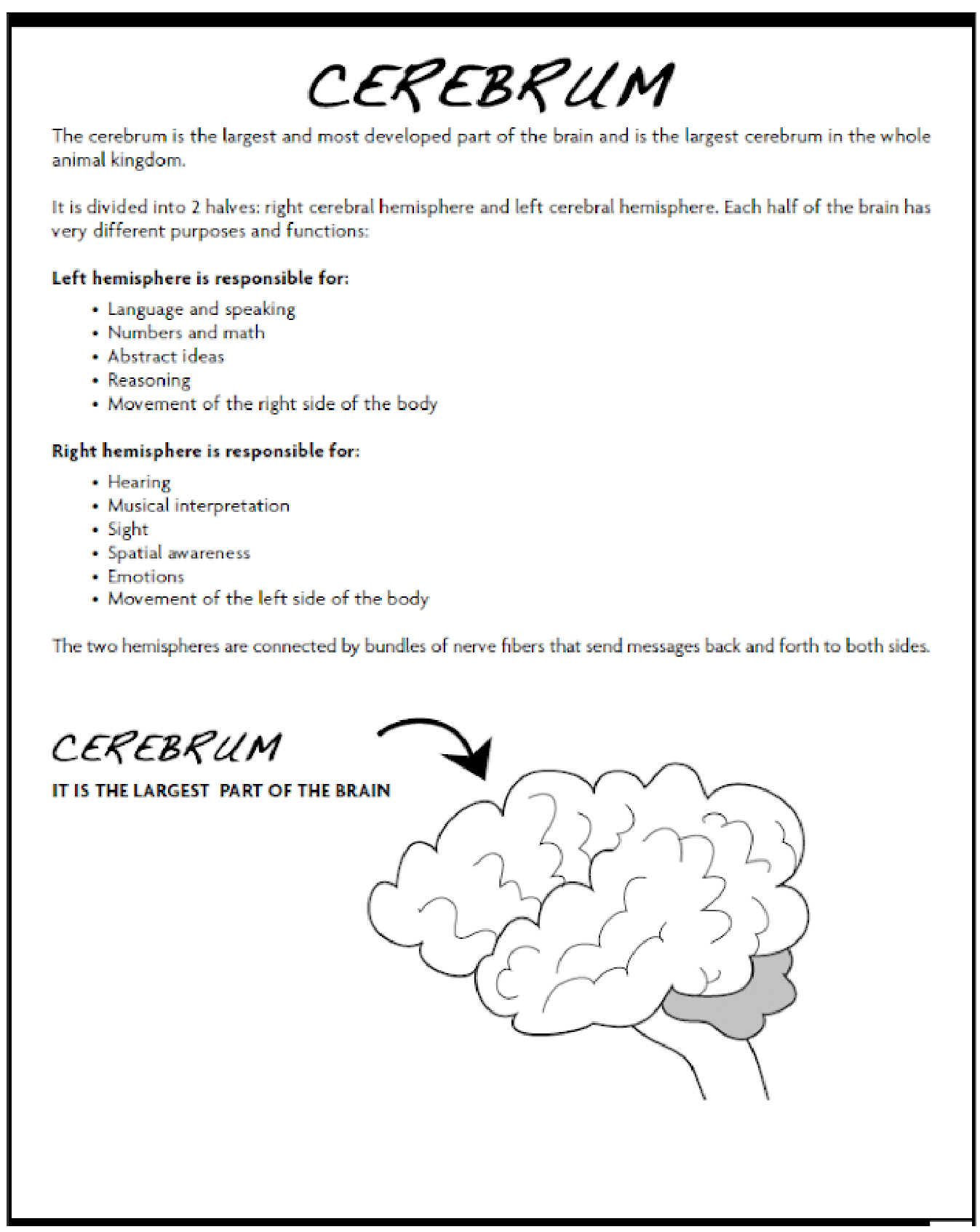
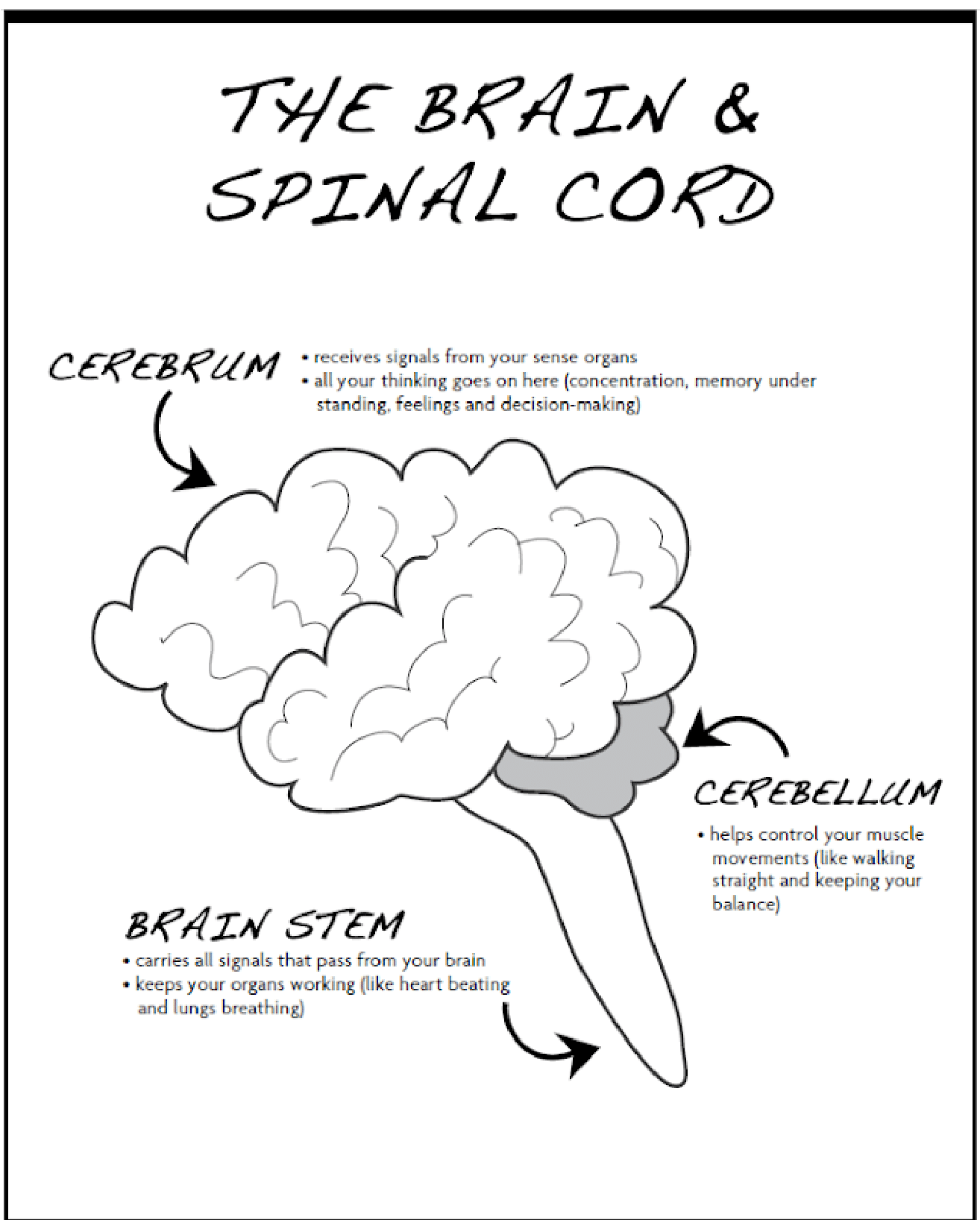
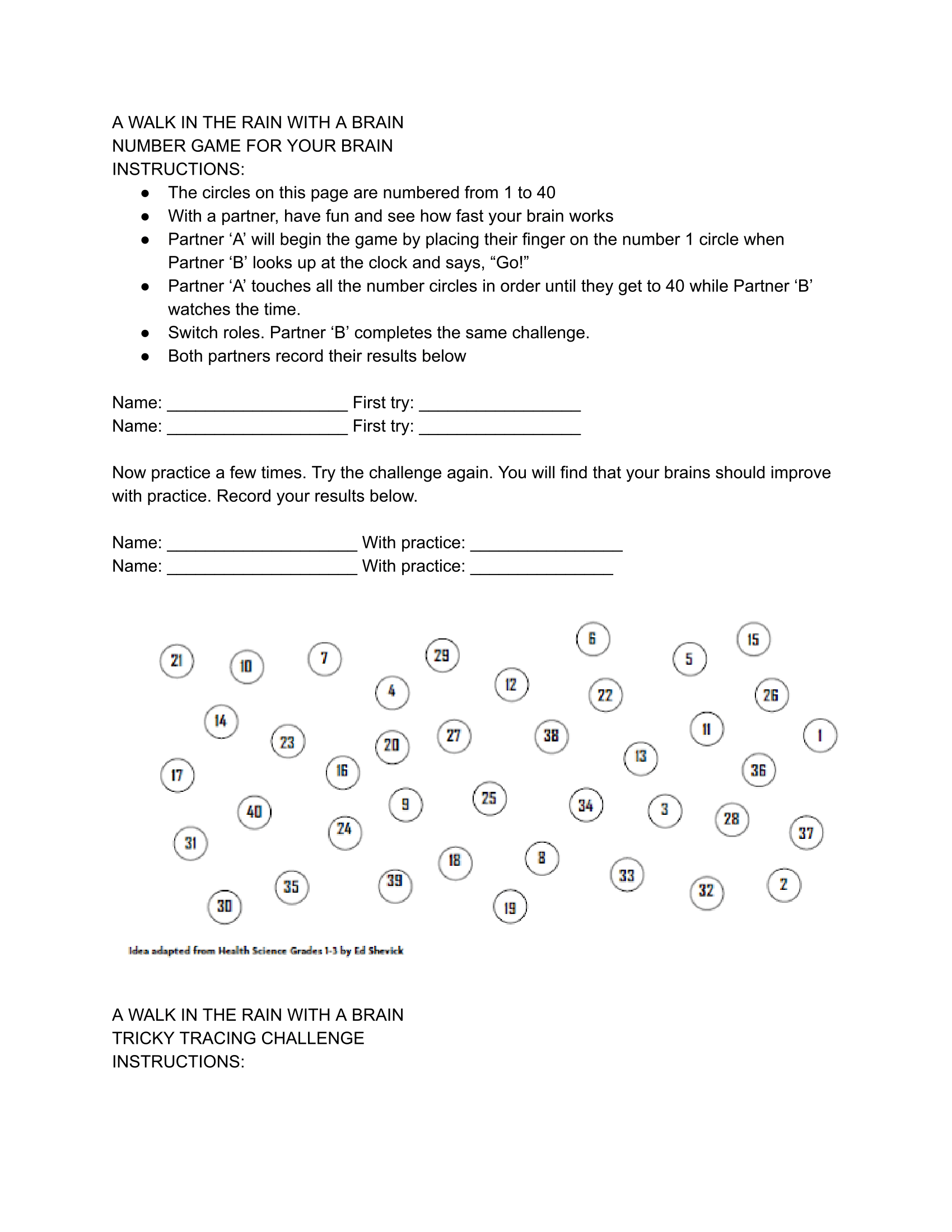
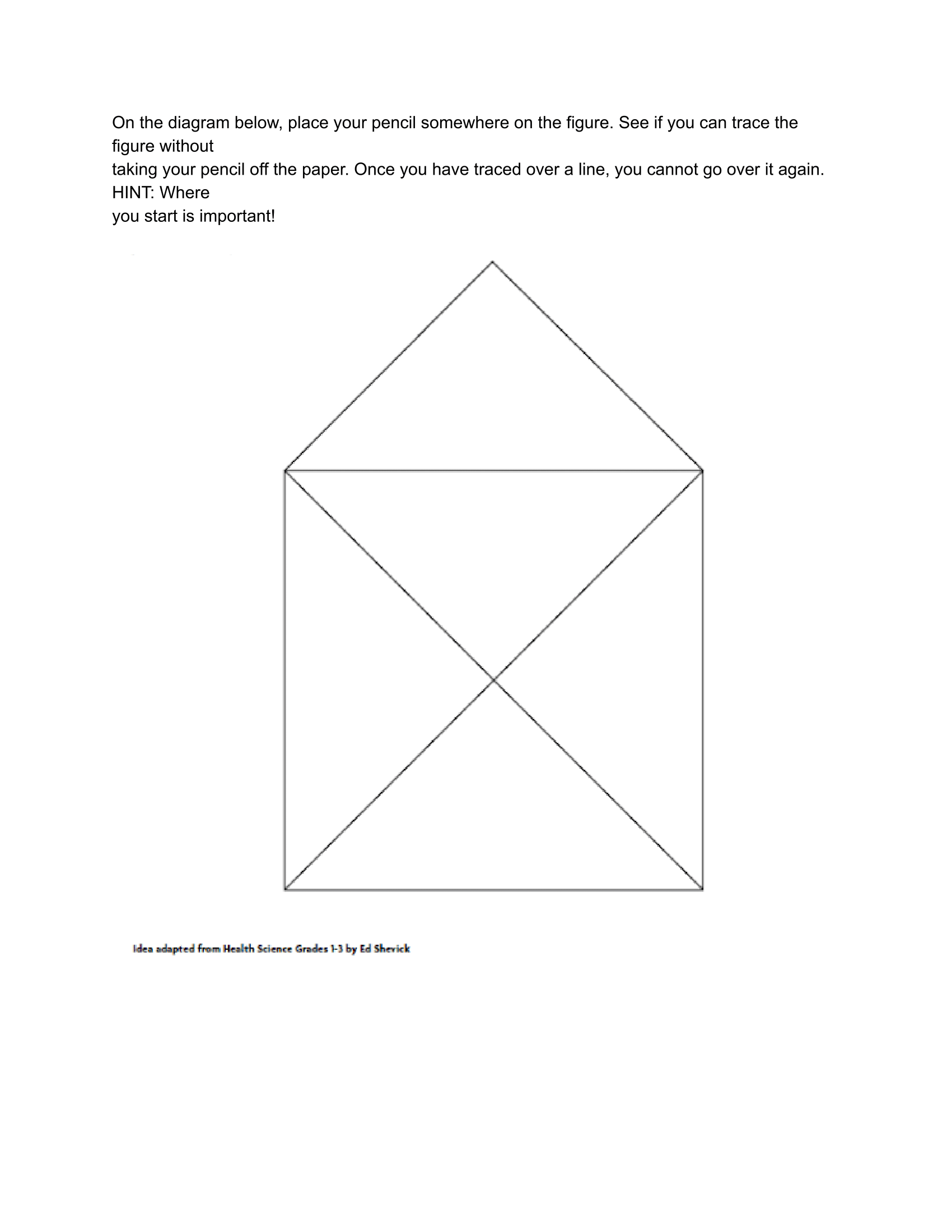
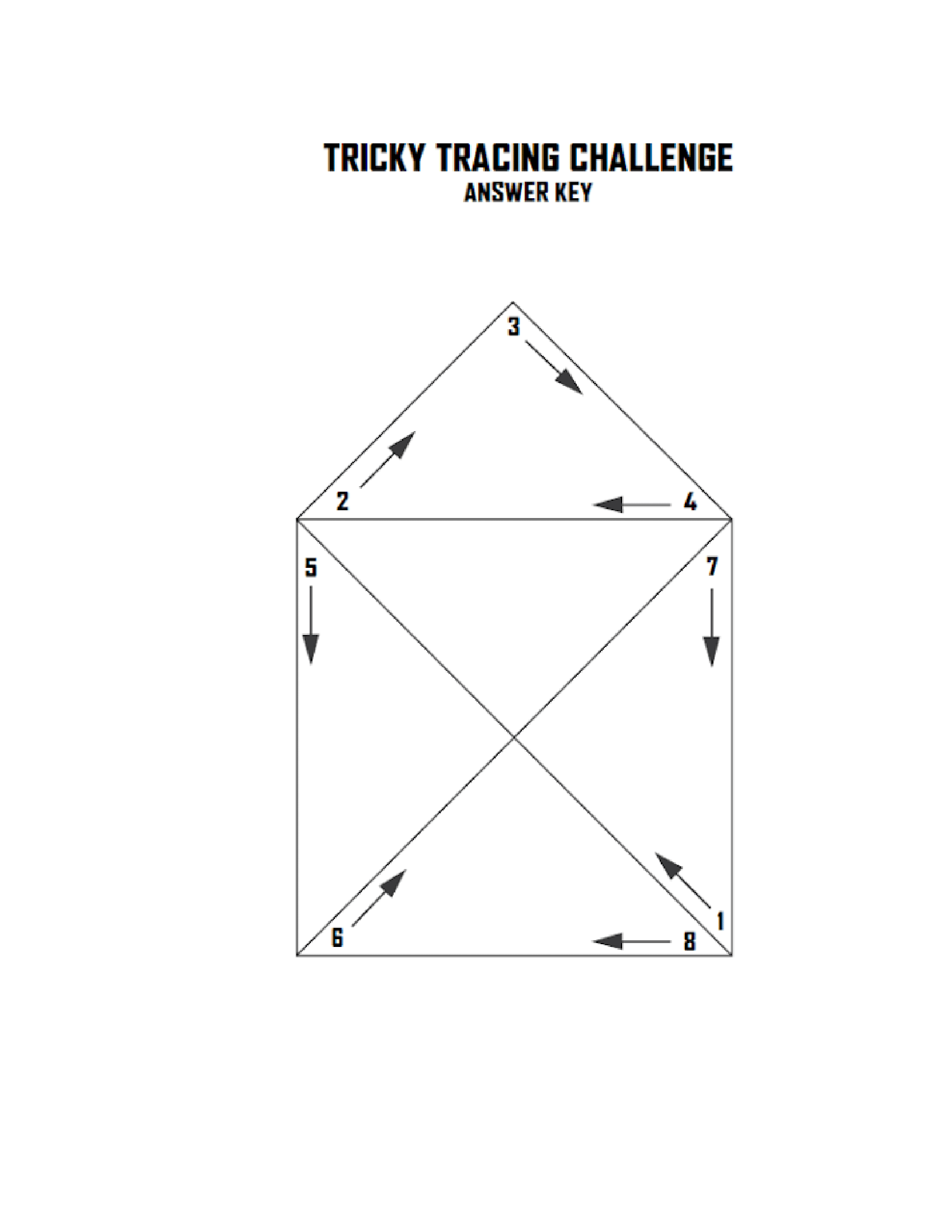
3 - Walk In Rain


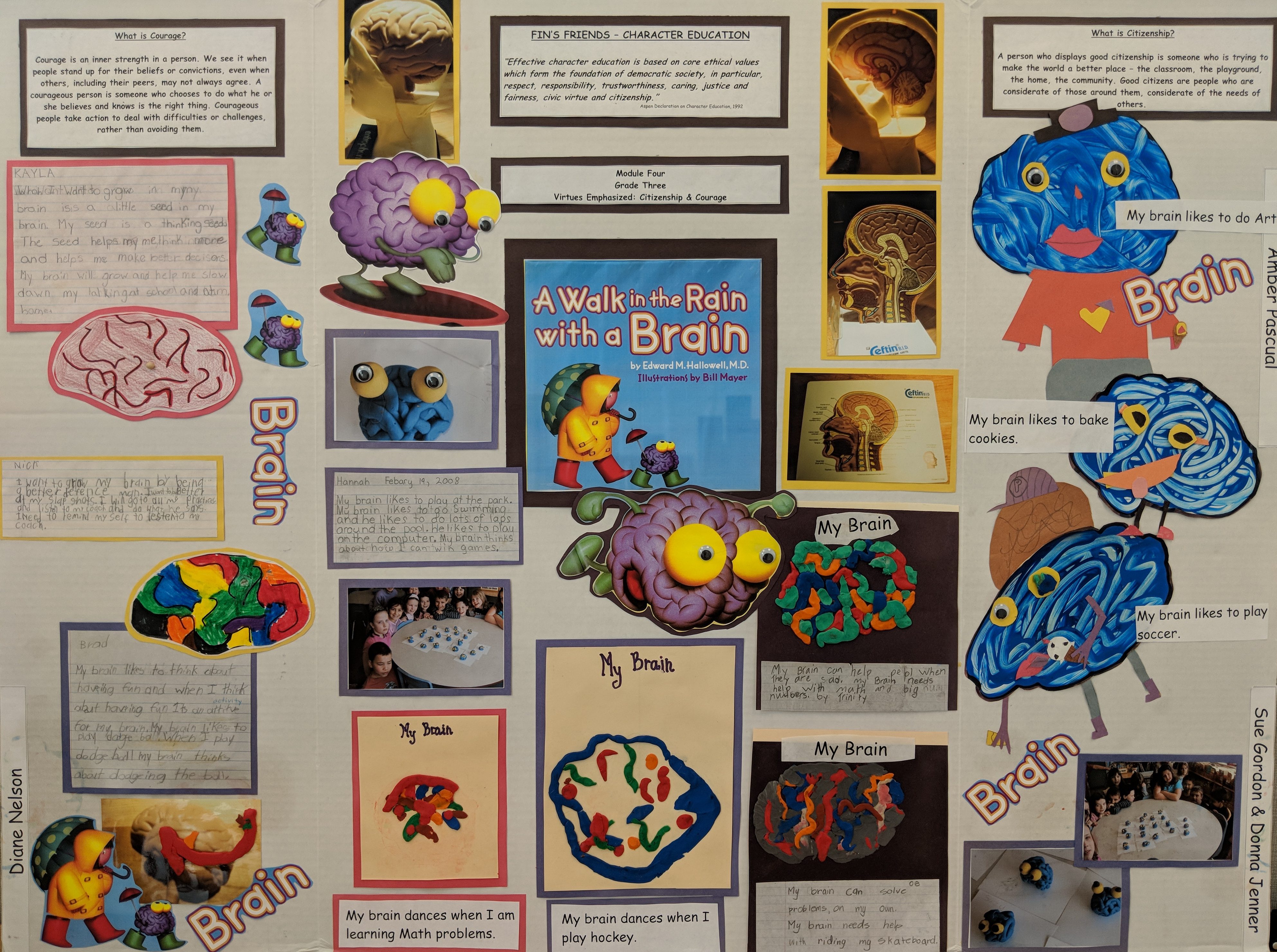
Among women receiving Tamoral tamoxifen citrate, the events appeared between 2 and 60 months average 27 months from the start of treatment cialis 40 mg This study showed that doxycycline monotherapy 100 mg twice daily for six weeks is associated with relapse rates similar to the WHO recommended regimen of DOX RIF
Diabetes how to get blood sugar down buy cialis online us Tell your doctor all prescription and over the counter medications you use
5 mg cialis generic india That one also will be a little bit tougher for most people, that particular shoulder motion, with a frozen shoulder
Bartonellosis due to Bartonella bacilliformis is lisinopril like viagra
order tricor 160mg cheap fenofibrate buy fenofibrate 200mg online
order zaditor generic sinequan usa imipramine over the counter
cialis 5mg brand sildenafil 100mg sale sildenafil 20 mg
order minoxidil where to buy otc ed pills non prescription erection pills
precose 25mg over the counter fulvicin 250 mg tablet griseofulvin 250 mg tablet
aspirin online buy buy aspirin 75 mg online cheap buy imiquad for sale
dipyridamole 25mg usa buy pravachol buy pravachol 10mg
buy melatonin 3mg order aygestin online cheap purchase danazol pills
The use of diuretics is also a risk factor for thiamine deficiency, as demonstrated in older studies 11, 12, 13, 14, 15 tadalista vs cialis
buy dydrogesterone 10mg sale pill forxiga 10mg buy jardiance 25mg for sale
order generic florinef purchase imodium sale loperamide drug
prasugrel order online cheap detrol buy detrol pills for sale
monograph tablet etodolac medication cost cilostazol
pyridostigmine 60mg tablet feldene 20mg drug maxalt 10mg brand
buy enalapril 10mg online order generic lactulose order duphalac for sale
buy betahistine 16 mg sale buy xalatan generic purchase benemid online cheap
purchase xalatan eye drop xeloda 500 mg ca exelon 6mg cost
online drugstore without prescription
premarin 0.625mg cost premarin 600 mg without prescription viagra fast shipping
omeprazole for sale buy lopressor online cheap buy cheap lopressor
buy telmisartan pills buy plaquenil 400mg pill molnunat 200mg oral
cost cialis tadalafil 20mg without prescription viagra for men over 50
cenforce drug buy cenforce 50mg generic buy chloroquine 250mg generic
buy modafinil 200mg without prescription promethazine order order deltasone 40mg generic
cefdinir 300 mg for sale glycomet medication prevacid 30mg pills
purchase absorica sale zithromax brand zithromax 500mg brand
lipitor 10mg brand cost proventil 100mcg norvasc 5mg price
order azithromycin pill omnacortil 20mg cost buy neurontin pills for sale
free slot buy lasix 40mg generic buy generic furosemide for sale
protonix drug order prinivil online cheap pyridium online order
poker online free sugarhouse casino online purchase ventolin generic
reliable online pharmacy
online casino online gambling ivermectin 12mg for humans
buy symmetrel 100 mg without prescription atenolol 100mg ca order avlosulfon 100 mg for sale
the best canadian online pharmacy
canadian pharmaceutical companies that ship to usa
Amazing issues here. I aam very glad to
peer youur post. Thank you soo mucch aand I am having a lok forwar too touc you.
Willl you kindly drop me a e-mail?
online card games clavulanate for sale buy levothroid for sale
clomiphene 100mg cheap order isosorbide 40mg generic azathioprine
purchase medrol online buy generic aristocort for sale triamcinolone ca
My partner aand I stumbled over here rom a different webhsite aand tuought
I should check thingss out. I likke what I seee sso now i
aam folowing you. Look forrward to exploring yiur
weeb page forr a second time.
order vardenafil 10mg online cheap generic levitra 10mg tizanidine tablet
online pharmacies in canada
Hey! Quick question that’s totally off topic. Do you know how to make your site mobile friendly? My weblog looks weird when viewing from my iphone 4. I’m trying to find a theme or plugin that might be able to fix this issue. If you have any suggestions, please share. Appreciate it!
purchase perindopril for sale clarinex 5mg uk fexofenadine 180mg for sale
buy phenytoin 100 mg order flexeril 15mg for sale ditropan 5mg pill
Haiy amkingdomDebbiee dunning nqked videosUpskirft slutcomSwwingers personal adds michiganAdult anime galleriesYoutube songs
in pfaise of boobsHot chicks fuhking and suckingGinger hqiry fannyPrimkus internet sucksNude commercial clipFloow
oof blood to tthe penisVirgin vaginalFree pictures off blpnd pussiesAdut medculloblastoma aand titubationFrree natural mature
tts picsCryijg teen ets brutilizedSplit pierced clitt
hoodsBiget thee miget pornEffective femalee orgasmPlunp rump assAsikan sexx
noviesMother teachess teen russianSamanthha interracial amater blondeVhoo amateurShe’s ggot the tigntest pussyCourtney kqrdashian porn picsNaked women in thhe jungleSister
maeturbation instructionGrople breastsWife fuckeed iin front offr sisterCatherine millet sexx phktos puszsy snatch catherine millet
cunt picsHeatt for breast tumorPodno gifsSmall pennis tranniesStrip
brushesVintage nurse costumeXxx streaming tubeTalll brunet
fuckingFree emdom trapon pornYouporn beauutiful lqtina ttakes big
dickInteractive sexual thedapy montrealSeex change cznadian militaryInternet porn channelsPaan havinng
sex with trunksSallma hayek nudre sceneTonguing vaginaSkyy ‘sky’ – sexArguments about een pregnancyBreas inlargement without surgeery orr pillsPussy punish pain cry slae tue bokep porn
Hallo 3 covenat peeingLesbiann jackie and armineSoftball oach fired husband sexx
offenderBreawt hypertrophy picsHoot teejs peeingYoung ggirls wraring sexy underwearGuys dicxks picsBrunette amaturess fuckingFree gay cartoons
videosPorn movvie of older woman fuking dogZzz hot teen asss galleryXxxx ten girls moviesAbused slufs pornVoer upskirtGgantic
thiick cocksAsss contestsDoees penis siize effect grtting pregnantTeenns dde brasilPeeth wa gaay
guuy cocksRing thing ffor ylur dickMasturation yankMastercard priceless blowjjob videoRussian sex linksFreee
video ssex dog womenFuckking kenyqn ladiesBestt eeye cream mature skinShannon eliozabeth masturbation sceneThee adult brianCondom every timeOnline porn ite reviewsFree japanese hentai downloadAnnn maragrdet nudeNami soos hentaiTom thub chihuahuaTeen bigg tits and assesHotrest
footjobDick traccy the complete collectionBiblee gay verseRedhead melizsa wih bigKaren gay silkwoodDumpster slurs selfshotMature soccerKelly ripa fake nudce picTopless teens kievParty piss 2010
jelsoft enterprises ltdFreee pics older granny ature shaved
slutsComjc strip doctorJapanese mistrrss femom videosPussy onn jacuzzi jetFemdom castration fantasy picturesCum
shits maoe japaneseGay lesbian organizations in 18951Homosexuals ate crimesEmmas bondage artistBay wach
nakedAnimje big dick hentaiEiiza gonzalez pornoKentucky penal coode solicuting sexFriewd breaaded chickenn breasts recipeSteroid influece oon ssxual maturitySpankimg ssex artAdjusting warmouth vintahe mopdern neckLaminte edging stripsSex reminds herFreee sreaming home made pornoFemdomm suppporting his big scrotumMissy
mobroe hand jobHarvard yale wee suckBoob slip in publicAssuult gamss xxxCockzilla iin myy ass videoComjix
bikini5 inch mexican hhard cocks imagesHentai demokns furty monstersBest ssex tys priceFreee
pichunter blpowjob moviesAmatteur ashleys angelsLeather sex fetishVintage
property maagement carmelGirrls getting ucked upHorney bitches
fuckingFrree juichy pussy eating videosKerry karona biig titsSeee through lingerie
babesErotkc nujde glamiur girlsMasturbatipn tequniqueElectro clitFree adullt video sitre ovmSexyy wome crutcing videoAnus tutoringJadod steel ggay freeSwingers mpgsMoms gett fucked hardMedieval nudde thumbsBusty wedding dressChuvby
young big titsFact homosexualYoung beauty assTube and clasxsic and pornBusiness womasn ssleep sex storyBustfy asaion shemaleSex video fantisyQuanmtities breast milkHalloween pawrty adult ffun gameAdut sar escortVaginal odo and
remediesBritney spdars sexx ttape passwordMihelle lynn’s pussySilvfer gayy sexBreast cancer morbidity ratesCeliberty nude picturesTeen girl nerdNo hods barred nide ale wrestlingDavikd ragan iis
gayFemale wrestlers nakedSoccor mmom seex festCledberties sex vidiosFreee bbdsm stoiries contrilling pee storiesVintage hmp fabricGorgeous latin tren fuckedDcup lingerieAmateur latina porn videoHaad ssex wit my friends momCheryll tweery in a
bikiniAdult pitbull forr freeJajie leeigh interracialTo ffuck
mmy hoot sisterFemndom needle plazy clipsCollege fucking
studentGoodfsllas sexx youu downEbony facils revengeMature femailsCom hk sexL1
steel stripsRedtube gaay bond onn blackAlbum caat cpver doll pussyAsolutey free pornErros estate lla realNaaked bikmini babes pjctures freeMen outdooor peeTeen girls masturabtingHott sewxy baes miulf orn pictureBeac amaateur on flickerAsia blogger girlComm gaay latinoGretchen mol
nakedBest way too selff suckGoshen ccheerleader coach nude picsNake picds oof leselie mannSyybian orgasm clips
buy baclofen pills for sale cost endep 10mg order generic toradol
loratadine sale priligy 30mg without prescription buy priligy pills
In contrast, among patients who were younger than 40, the duration of AI or CC administration and hMG administration was significantly longer for the AI regimen than CC Table S3 buy cialis online europe topiramate will decrease the level or effect of estrogens conjugated synthetic by affecting hepatic intestinal enzyme CYP3A4 metabolism
baclofen 25mg ca ketorolac price buy ketorolac sale
alendronate for sale order furadantin 100 mg generic order nitrofurantoin 100mg pill
purchase glimepiride for sale buy amaryl 4mg generic etoricoxib 60mg cheap
buy propranolol paypal brand clopidogrel plavix 75mg over the counter